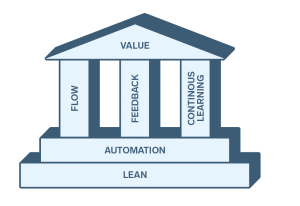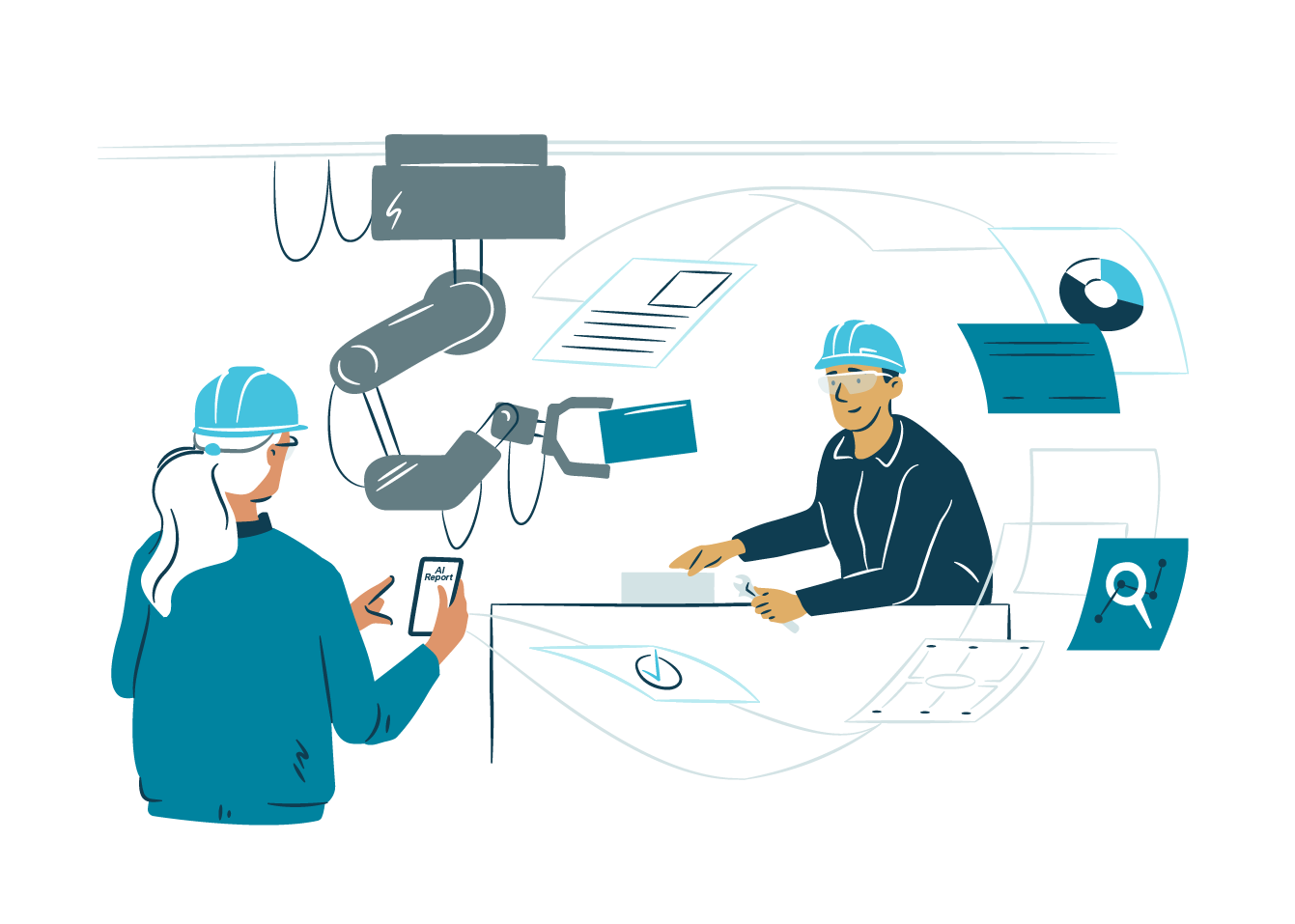Native DevOps
Since DevOps as practice has gained huge amount of attention and popularity, new variants keep popping up like in the game whack-a-mole. Amidst this whirlwind, it is important to remind yourself – What is True DevOps?

The Problem
In a traditional setting, a gap exists between producing value (development) and delivering that value to the customers (operations). This gap slows down the production of any customer value, and in many cases, what is being produced does not have anything to do with the real value that is actually expected.
The second root cause for issues is speed and feedback. Traditionally, programming is a slow task to complete and so is the integration and deployment of changes. Also, the chasm between developers and end customers can be too wide to provide any sort of tangible feedback for the produced solutions, at any scale.
The third major problem is that Agile has become the driving force in software development. This new Lean based methodology promises distributed decision-making and faster time-to-market. Unlike traditional frameworks like ITIL, success is not built on a command-and-control structure. This means that development teams often try to optimize their work and outcomes without understanding the bigger picture. This has resulted in major issues in the operations of these solutions. The promise of faster time-to-market is often misinterpreted as releasing new features as fast as possible while ignoring everything else.

The Solution
Along came the idea of DevOps. The gap between Development and Operations is eliminated by combining the two into a single team. This team now has the responsibility and the freedom to develop and operate their software product without external dependencies. The foundation of DevOps was built on top of Lean principles and automation. The core pillars of DevOps are Flow, Feedback and Continuous Learning.
The Flow is based on Lean’s continuous flow of small batches. Continuous flow is often described as shortest sustainable lead time. Small batches refer to the fact the smaller the item size the easier it is to control the flow. The Flow in DevOps is achieved through Continuous Integration & Continuous Deployment (CI/CD) and Infrastructure as Code (IaC).
Feedback is the guiding light for DevOps. There is no DevOps cycle without fast and continuous feedback on every phase of the cycle. Continuous flow requires data-driven decision-making. Fast feedback is achieved through test automation and automated monitoring. There is no CI/CD without test automation. Automated monitoring enables e.g., proactive responses to potential incidents.
Continuous Learning is about e.g., failing often and failing fast. It also about using the received feedback to the betterment of the team and the product. Continuous Learning is mindset of never-ending experimentation in search of new and better practices, product features and flow optimization through automatization.
The cornerstone of DevOps is the phrase ’Automate Everything’. Automatization is the way of reaching flow, feedback, and continuous learning in the development & operation of a software product. Automation is present from start to finish in the DevOps cycle. Automation enables the DevOps team to focus on value adding tasks.
Key takeaways
- DevOps is about Flow, Feedback and Continuous Learning
- DevOps is a solution to a specific set of problems when creating customer value through a software product.
- There is no DevOps without extensive automation.



